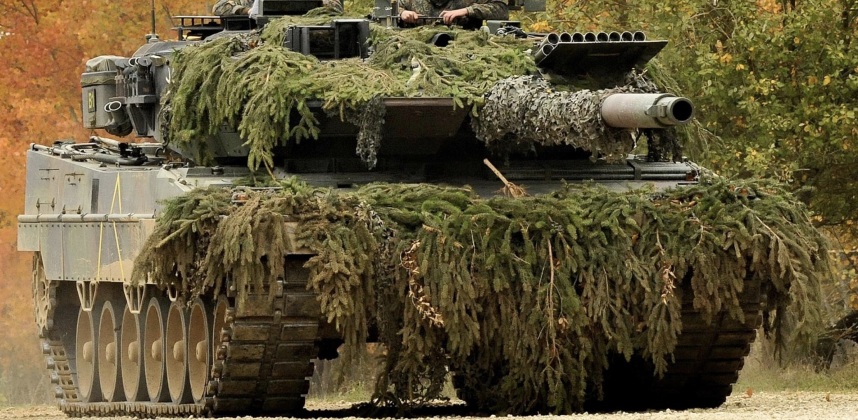A recent report by German Parliament’s defence commissioner Eva Hoegl has revealed that the munitions of Germany’s armed forces are wholly insufficient to sustain even a limited conflict, with the country expected to run out of armaments after just 48 hours of sustained fighting should a major war break out. “At the same time, we do not have enough storage capacity. This shows that more efforts need to be taken,” she said, with shortages of self propelled howitzers, rocket artillery and air defences systems reportedly been particularly acute. The revelation follows remarks by Chancellor Olaf Scholz indicating that stocks had been seriously depleted by deliveries as aid to support the Ukrainian government’s ongoing war effort. “We delivered whatever we had: anti-tank and anti-aircraft systems, mines, guns, tons of ammunition, and non-lethal aid. Since then, we’ve progressed to more intricate and valuable systems,” he stated to this effect.
Ukrainian sources have complained of the questionable quality of German supplied armaments which have worn out unusually quickly, following similar concerns shown by Turkish officials when German-made tanks were used in combat. Although Berlin has come under some pressure to send its Leopard 2 tanks to Ukraine, the platform’s performance in Turkish hands against both the Islamic State terror group and Kurdish militias in Syria and Iraq has fuelled speculation that the vehicle may perform similarly poorly and have its reputation, and that of Germany’s defence sector more broadly, further tarnished by losses against Russian and allied forces. These qualitative issues make questions regarding the sufficiency of arms quantities even more serious.

Questions regarding the combat readiness of Germany’s armed forces have been common since long before the Russian-Ukrainian War began, with a review of the Air Force in 2018 finding that just four of its 128 Eurofighter jets, or three percent, were ready for deployment should war break out. This was despite the Eurofighter being a relatively lightweight and low maintenance aircraft built in Germany itself, which even used an old and relatively simple mechanically scanned array radar long after these kinds of sensors had been phased out of production abroad. Similar issues have been seen across the service branches. Such issues have been common across European militaries, as perhaps best demonstrated by their performance in the NATO-Libyan War of 2011 when most European NATO members were unable to make anything more than token contributions due to the extents of their munitions shortages and underwhelming combat readiness. Since shortly after the outbreak of hostilities between Russia and Ukraine concerns have increasingly been raised on the continent and beyond regarding the lack of munitions supplies due to the massive rate of expenditure of ammunition seen on both sides, with Germany’s case reflecting wider issues which have undermined the combat capabilities of many European NATO members. The result, as seen when fighting Libya, has increasingly been a reliance on the United States to shoulder the burden of NATO’s defence despite Washington’s defence commitments being spread far more widely.
